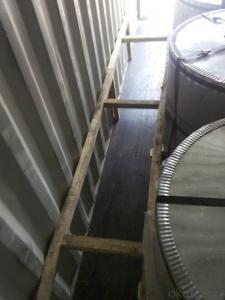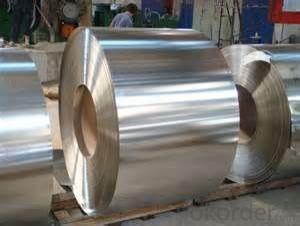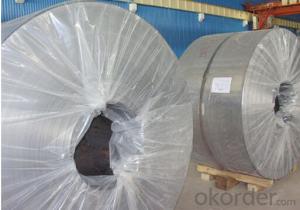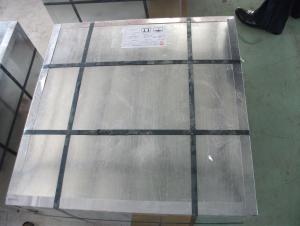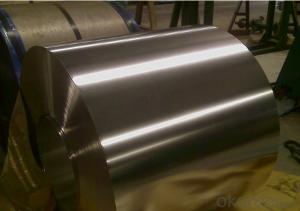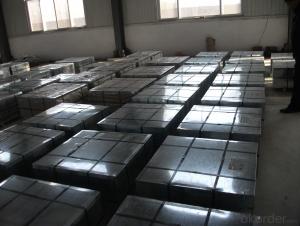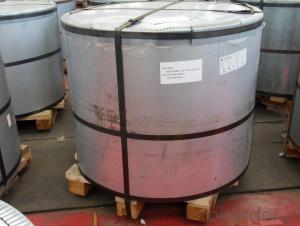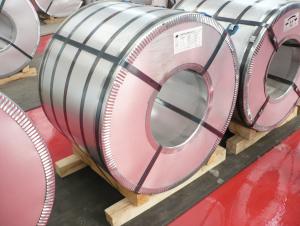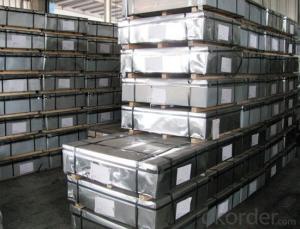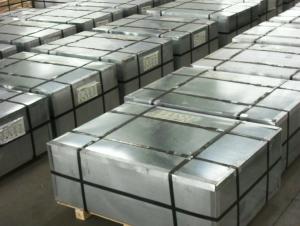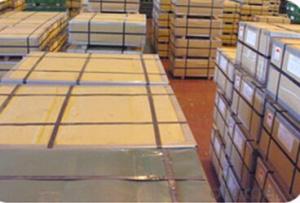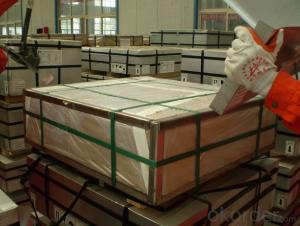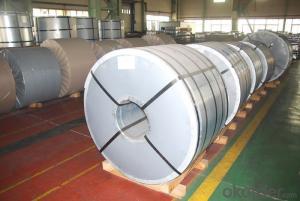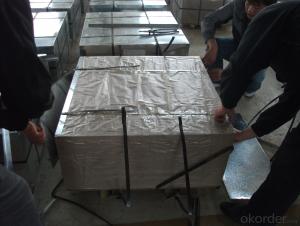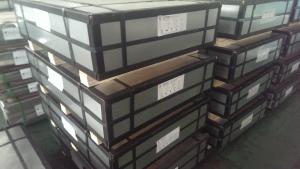Siddiqsons Tinplate
Siddiqsons Tinplate Related Searches
4 By 8 Plastic Sheets Thin Plastic Sheets Flexible Tinplate Coil Quotes Tinplate Iron Clear Plastic Sheets Hard Plastic Sheets 4X8 Lightweight Plastic Sheets Wavy Plastic Sheets White Plywood Sheets Poly Styrene Foam SheetsHot Searches
Tinplate China Tinplate Stock Price Tata Tinplate Price List Tinplate Price Trend Tinplate Nse Share Price Tinplate Price Chart Tinplate Share Price Nse Tata Tinplate Share Price Tinplate Share Price Today Tinplate Share Price Bse Tinplate Price Tinplate Share Price Tinplate Coil Manufacturers Tinplate Sheet Suppliers Food Mixer Sale Tinplate Factory Tinplate Production Tinplate Products Ltd Tinplate Products Tinplate Can ManufacturersSiddiqsons Tinplate Supplier & Manufacturer from China
Okorder.com is a professional Siddiqsons Tinplate supplier & manufacturer, offers integrated one-stop services including real-time quoting and online cargo tracking. We are funded by CNBM Group, a Fortune 500 enterprise and the largest Siddiqsons Tinplate firm in China.Hot Products
FAQ
- Tin can weldingHow can the side of the column of the pop top be welded or pressed?,
- The iron material thickness uniformity in the welding process, welding voltage and high requirement of control, the slightest mistake will cause breakdown or welding point is easy to fall off. As for the production of specific steps, personal suggestions to the scene you see, because the whole process is relatively simple, and when it comes to the production process and principle very boring, tedious. So, if you just want a rough understanding, there is no need for this.
- Tinplate is generally considered to be more expensive than other packaging materials such as aluminum or plastic. However, its durability, protective qualities, and recyclability make it a cost-effective choice in certain industries where the preservation of product quality is crucial, like food and beverages.
- Yes, tinplate can be used for packaging fragile items. Tinplate is a durable material that provides good protection against external impacts and can be molded into various shapes to provide a secure packaging solution for fragile items.
- Tinplate generally has better sustainability credentials compared to plastic packaging. Tinplate is made from steel, which is a highly recyclable material, whereas plastic is derived from fossil fuels and has limited recycling capabilities. Tinplate can be recycled indefinitely without losing its qualities, while plastic recycling can be challenging due to different types of plastics and contamination issues. Additionally, tinplate packaging has a longer lifespan and offers better protection for products, reducing the need for excessive packaging. However, it is important to consider the overall life cycle impact, as both materials have environmental implications during production and transportation.
- Tinplate is a type of steel coated with a thin layer of tin, which gives it several advantageous properties. It is highly corrosion resistant, making it ideal for packaging food and beverages. Tinplate is also malleable, allowing it to be easily formed into various shapes and sizes. It has excellent solderability, enabling tight and secure seals. Additionally, tinplate offers good heat resistance, electrical conductivity, and is lightweight.
- The production of tinplate has several environmental impacts. Firstly, the extraction of tin ore involves mining activities, which can lead to deforestation, habitat destruction, and soil erosion. Additionally, the refining and smelting processes used to convert tin ore into tinplate require a significant amount of energy, contributing to greenhouse gas emissions and air pollution. Furthermore, the production of tinplate involves the use of various chemicals, such as acids and solvents, which can contaminate water sources if not properly managed. Lastly, the disposal of waste materials generated during the production process, including slag and other byproducts, can pose a risk to soil and water quality if not appropriately treated or disposed of. Overall, the production of tinplate has a range of environmental impacts that need to be carefully managed and mitigated.
- Tinplate contributes to the overall sustainability of packaging in several ways. Firstly, tinplate is highly recyclable, meaning that it can be reused and repurposed indefinitely without losing its quality. This reduces the demand for virgin materials and minimizes the environmental impact of packaging production. Additionally, tinplate has excellent barrier properties, which helps protect the contents of the packaging from spoilage, extending their shelf life and reducing food waste. Furthermore, tinplate is lightweight yet durable, allowing for efficient transportation and reducing carbon emissions associated with logistics. Finally, tinplate has a long lifespan and can be reused in various forms, making it a more sustainable choice compared to other packaging materials.
















